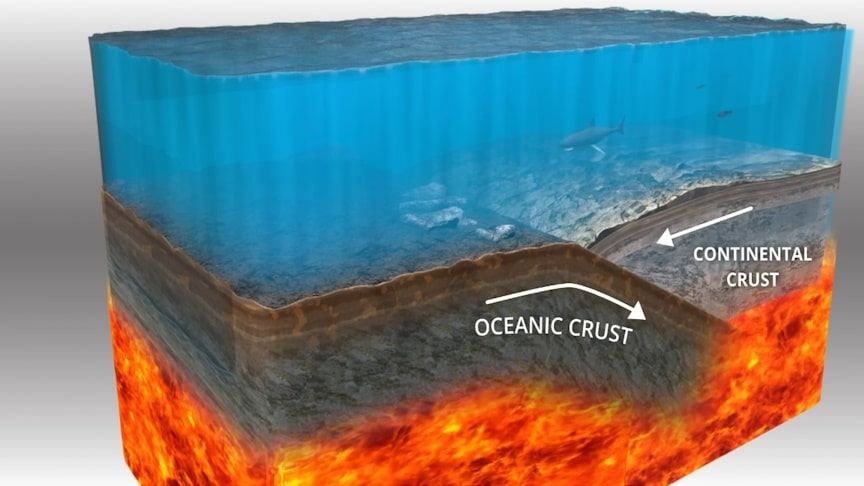The term “tsunami” is a borrowing from the Japanese tsunami , meaning ‘harbour wave’. The principal generation mechanism of a tsunami is the displacement of a substantial volume of water or perturbation of the sea. This displacement of water is usually caused by earthquakes, but can also be attributed to landslides, volcanic eruptions, glacier calvings or more rarely by meteorites and nuclear tests.
source.image: Sabin Civil Engineering
Tsunamis can be generated when the sea floor abruptly deforms and vertically displaces the overlying water. Tectonic earthquakes are a particular kind of earthquake that are associated with the Earth’s crustal deformation; when these earthquakes occur beneath the sea, the water above the deformed area is displaced from its equilibrium position. Watch the video from Sabin Civil Engineering:
More specifically, a tsunami can be generated when thrust faults associated with convergent or destructive plate boundaries move abruptly, resulting in water displacement, owing to the vertical component of movement involved. Other than by landslides or sector collapse, volcanoes may be able to generate waves by pyroclastic flow submergence, caldera collapse, or underwater explosions. Tsunamis have been triggered by a number of volcanic eruptions.
Advertisement
While everyday wind waves have a wavelength of about 100 metres and a height of roughly 2 metres , a tsunami in the deep ocean has a much larger wavelength of up to 200 kilometres. Such a wave travels at well over 800 kilometres per hour (500 mph), but owing to the enormous wavelength the wave oscillation at any given point takes 20 or 30 minutes to complete a cycle and has an amplitude of only about 1 metre. This makes tsunamis difficult to detect over deep water, where ships are unable to feel their passage.











